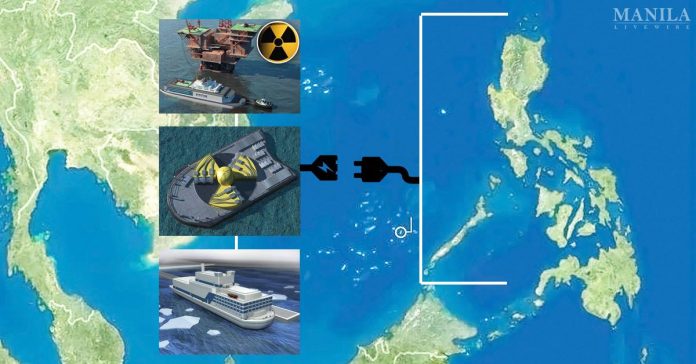
A portable floating and movable nuclear power plant that can be deployed elsewhere on the shores of the Philippines can help the countries meet its energy requirements, as it reconsiders its energy sources, a Filipino ambassador said.

The Philippine envoy to the United Nations in Vienna Austria Zeneida Angara Collinson visited the Saint Petersburg facilities of Rosatom, Russia’s state nuclear agency, together with 41 other foreign ambassadors.
According to a statement from Collinson’s office, “the Philippines is composed of many islands, we are an archipelago, perhaps, the floating nuclear power plant could be an answer to develop and industrialize the far-flung islands in the Philippines.”
She said, “We are actively studying our total energy mix and, should safety issues be adequately addressed, would be considering including nuclear power in our energy mix.”

After President Rodrigo Duterte met with Russian President Vladimir Putin in Moscow, The Philippines’ Department of Energy and the Russian State Atomic Energy Corp. or ROSATOM concurred in May to participate in nuclear energy advancement and its development.
Meanwhile in a separate media interview with Philippine Ambassador to Russia Carlos Sorreta. He said that within Duterte’s 6-year term, it was “possible” for the Philippines to adopt some type of nuclear innovation from Russia.
What is a floating nuclear power plant?
A floating nuclear power plant is a site with one or more nuclear reactors, located on a platform at sea.
It is an autonomous site that can provide electricity and heat to areas with difficult access, such as the cold Northern territories. It can also provide drinking water to dry areas, via desalination techniques.

Advantages
Experts consider that this type of plant offers many advantages. To start with, it can be built at a factory or shipyard, eliminating the need to set up a special site for its construction. The location is also simplified since it is not necessary to carry out viability studies on the land and land environment. Additionally, it has a very low environmental impact and the dismantling can be done in a specialized site. The sea environment, however, makes it necessary to take a few factors into account, such as access to the staff and the equipment, as well as the need to make sure that the radioactive material is never leaked to the sea. – Carl E.
Sources:
















Sure. And it is especially wonderful during one of the >20 yearly typhoons or when 3 or more rebels get a boat and crash into that with some explosives. Nuts. The Philippines is in no way a candidate for a nuclear power plant. Mobile or otherwise. No experience, nobody ever doing maintenance, no safety from nature, no security.